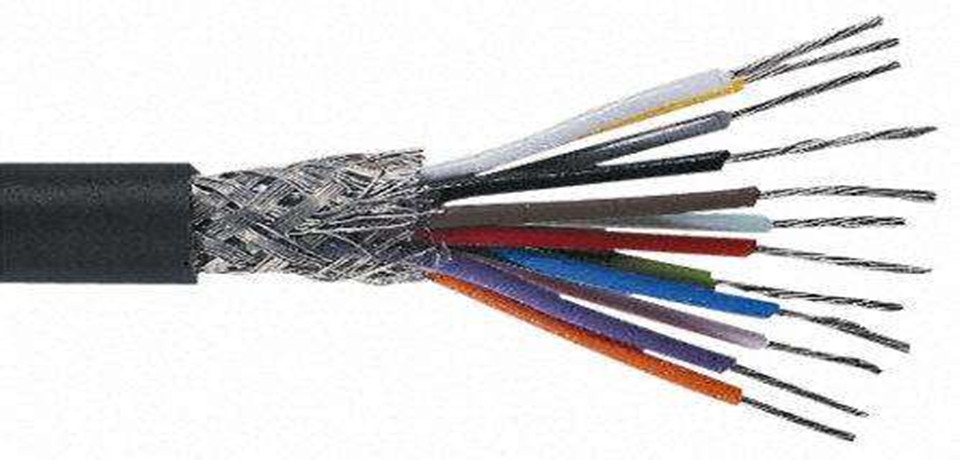
In the past 20 years of practice, coal mine cables have undergone innovations from non-flame retardant to flame retardant, especially in the flame retardant test methods and determination rules for coal mine flame retardant cables (MT 386-1995, MT386-2011).
Since the promulgation and implementation, the flame retardant performance of coal mine cables has been effectively controlled and improved.
However, the current fire-retardant cable for coal mines (using chlorine-containing polymers as the sheath material), once burned by heat, emits a very large amount of smoke.
Although the light transmittance measured by IEC 61034 or GB/T 17651-1998 is less than 10%, it releases a large amount of hydrogen chloride (HCl) gas, and its content exceeds 100 mg/g, even reaching 200-300 mg. /g.
Such thick smoke, coupled with the irritating and poisoning of the human respiratory system by toxic gases such as H2S and CO, can't escape the fire scene in the narrow environment of the underground. According to the foreign fire white paper, the number of casualties in the “second disaster” accounted for 70% to 80% of the total number of fire casualties.
Among the casualties of coal mine fire accidents in China, the proportion of people who suffer from “secondary disasters” is also very large.
When flame retardant or non-flame retardant materials such as cables are burned, a large amount of smoke and CO, HC1, and other poisonous gases are released.
In order to avoid or reduce the "secondary disaster" of fire accidents, the International Electrotechnical Commission (IEC) successively succeeded in 1982 and 1989.
IEC60754-1 and IEC60754-2 have been developed and revised to limit the amount of toxic gas released during cable combustion (prescribed HC1 content
All of these standards provide an effective and reliable basis for limiting the fumes and poisons released by flame retardant or non-flame retardant materials such as cables, but in high-risk industries such as coal mines, China's coal mine cables are low in smoke and low in toxicity (halogen).
The control is almost blank.
The low-smoke and low-halogen flame-retardant cables used in coal mines are less polluted than the fire-retardant cable used in coal mines.
That is, the low-smoke and low-halogen flame-retardant cables used in coal mines reduce or reduce the "secondary disaster" caused by cable burning.
At the same time, the performance can meet the requirements of cable materials for coal mines, which is the main direction of the future.
It is very necessary and important to develop and apply low-smoke and low-toxic (halogen) flame-retardant cables for coal mines.
If you have any interest in our cable products, you can email us at info@zmscable.com or contact us via the "Contact Us" section of the website.